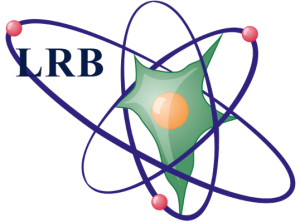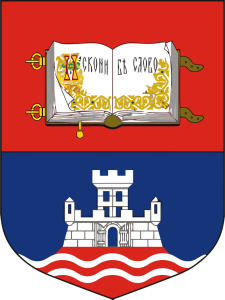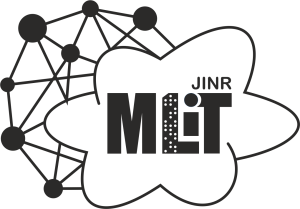
The Computer-Assisted Identification, Characterization, and Modeling of the Histological Data
A project within the Cooperation Agreement between the Joint Institute for Nuclear Research (JINR), Dubna, Russian Federation, and the Ministry of Education and Science of the Republic of Serbia.
A deep understanding of the interaction of energetic particles with the human body is of extreme importance for the perfection of radiation therapy and for maintaining radiation safety during manned flights beyond the Earth’s magnetosphere, where cosmonauts are inevitably exposed to dangerous levels of cosmic rays. This can be achieved by histopathological analysis of the human biopsy samples, and direct experiments on small laboratory animals.
However, interpretation of biological data is a very difficult task because of two major reasons. The first is connected to a natural tendency of life to create complicated and nonrepeating patterns. Thus, the building of a homogeneous statistical ensemble requires an extremely large data set. The second difficulty is the lack of simple but qualitative correct models. The ab initio approach is often impossible because of the intrinsic complexity of biological systems that is very difficult to express in mathematical language.
We plan to overcome the first obstacle by the development of the automated information system (AIS), based on the machine learning techniques, for systematic acquisition and preprocessing of experimental data, followed by automated segmentation, identification, and characterization of the biologically relevant structures. This system will enable efficient manipulation and visualization of obtained results, which are necessary prerequisites for advanced statistical analysis and modeling. As an alternative to direct modeling, we propose the use of the Morphological method, based on the topology, singularity, and catastrophe, that has proved its usefulness in modeling structurally stable patterns in physics. In essence, modeling reduces to the systematic inspection of the experimental data in parametric space, made possible by the AIS, looking for the change of the shape characteristic for certain universal abstract prototypes, (such as cusp, swallowtail, or elliptic umbilic) known from the catastrophe and singularity theories.
The introduction of AIS will enable the systematization of the accumulated results. identification of hidden patterns in the biological data and characterize the damaging effect of ionizing radiation or any other carcinogen. While modeling the observed patterns could lead to significant advances in diagnosis, prevention, and treatment of cancer.






